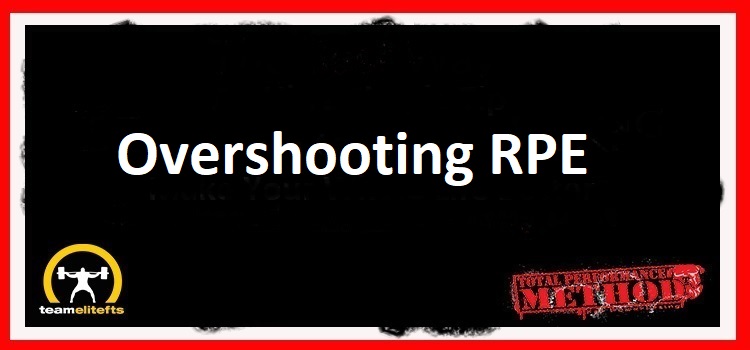
On my site, tpsmethod.com and in my in person programs, we use a blended RPE and percentage method for the main lifts. I have found that our in person clients do well, but our online clients frequently are Overshooting RPE. That’s a problem.
What is RPE?
RPE means Rate of Perceived Exertion and it is a method of determining your workload/effort for a given set. Some hate it, some love it. I like it.
But I like it enough to use it as a part of the foundation of my system. The difference is that I blend RPE and a percentage. I’ve written about this in my Programming 101 series, so I am not getting into it here.
Today I am going to share an exchange with an online client from my site. This person’s deadlift was actually going down and they were pretty upset.
They believed that they were following the TPS Method program.
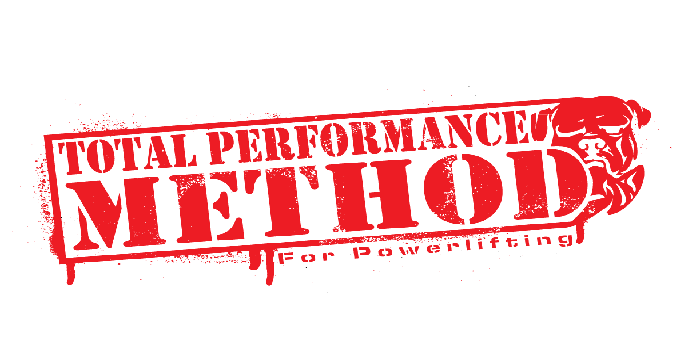
They were not.
This person didn’t judge RPE properly and was consistently Overshooting RPE. That will affect recovery, strength gains and lead to injury.
Below is part of our conversation and I hope you get something from it that will help if you use and RPE based system.
Client Question:
"Hi, I had a question relating to effort put into sets. I’ve always been the type to overdo things and push myself past what is actually healthy- and I’ve been thinking about a couple things recently. When I see an exercise programmed (let’s say 3×10). During those sets, should I ever hit technical failure/absolute failure? How much should I be pushing myself in a set? How many reps should reach technical failure or should none at all?
I’ve also noticed for RPE 8/9 I hit technical failure on like the last rep or two. Does RPE count these failures? As an example, I did a set of squats a while back at an RPE 8 it was 3 reps, and on rep 3 I was hitting technical failure. I could have pushed through 2 more with technical failure, but should that even happen? As a consequence, every set took LOTS of time to recover as s reach technical failure every set.
I’ve just been wondering because I feel I might be pushing myself in powerlifting too much and it’s slowing progress down."
My answer:
(Note: I gave him links to articles on TPSMethod.com to read. Warmup Sets Demystified and What is RPE and how do you use it?)
"We almost never want you to reach failure.
When you see a rep range, say 3 sets x 10 reps, your last rep (#10) should be very difficult, maybe even have a minor flaw.
If you see 4 sets x 8-12 reps (or something else like it), your first set should allow about 12 reps, with the 12th being hard. Ass weight so that you get maybe 10 or 11 next set, and keep doing this until you can only get about 7-9 on the last set.
“I’ve also noticed for RPE 8/9 I hit technical failure on like the last rep or two. Does RPE count these failures? As an example, I did a set of squats a while back at an RPE 8 it was 3 reps, and on rep 3 I was hitting technical failure. I could have pushed through 2 more with technical failure, but should that even happen? As a consequence, every set took LOTS of time to recover as s reach technical failure every set.”
No offense here, but this tells me that you are not following the program and I would guess didn’t read the articles that should have been sent to you are th beginning when you joined.
What you are describing is a pretty sure fire way to guarantee injury, burnout, and will usually make your lifts go DOWN.
Read the RPE article I sent.
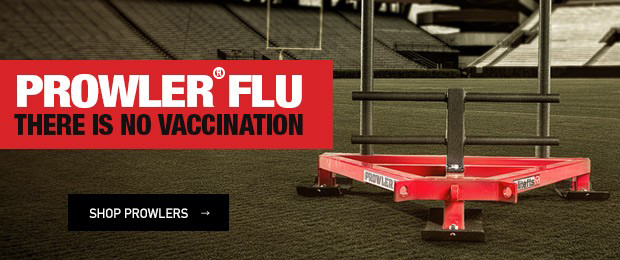
When using my system, the % is a guide. The RPE is most important.
You’ll infrequently go to failure.
I want to induce flaw through fatigue.
So, a good guide is:
- RPE 6-8: Absolutely as perfect form and technique as you are capable of on ALL reps.
- RPE 9: the last rep may have some technical flaw
- RPE 10: Get the lift, there will be a technical flaw most likely
And:
- RPE 6: you can do another 4-5 REALLY good reps
- RPE 7: you can do another 3-4 REALLY good reps
- RPE 8: you can do another 2-3 REALLY good reps
- RPE 9: you can do another 1-2 REALLY good reps
- RPE 10: you CANNOT do 1 more rep
Read the articles and get back to me with questions.
In addition:
“As an example, I did a set of squats a while back at an RPE 8 it was 3 reps, and on rep 3 I was hitting technical failure. I could have pushed through 2 more with technical failure”
This is an RPE 10 if you hit technical failure on the 3rd rep. If you push through and keep going, it is not on the RPE chart!
It’s too much.
An RPE 8 means that you can do 3 or 4 more GOOD reps.
I hope this clarifies things."
The key to having success on any system is to understand it and follow it. On an RPE based system, another key is to be self aware.
Don’t be the guy posting a deadlift on your Insta and it falls out of your hands at the top after a 30 seconds grind, and then say it was an RPE 6.
Be realistic. Stop overshooting RPE and judge effort honestly.
You’ll get stronger consistently, avoid injury and recover better.
Isn’t that what we all want?
I gotta go now.
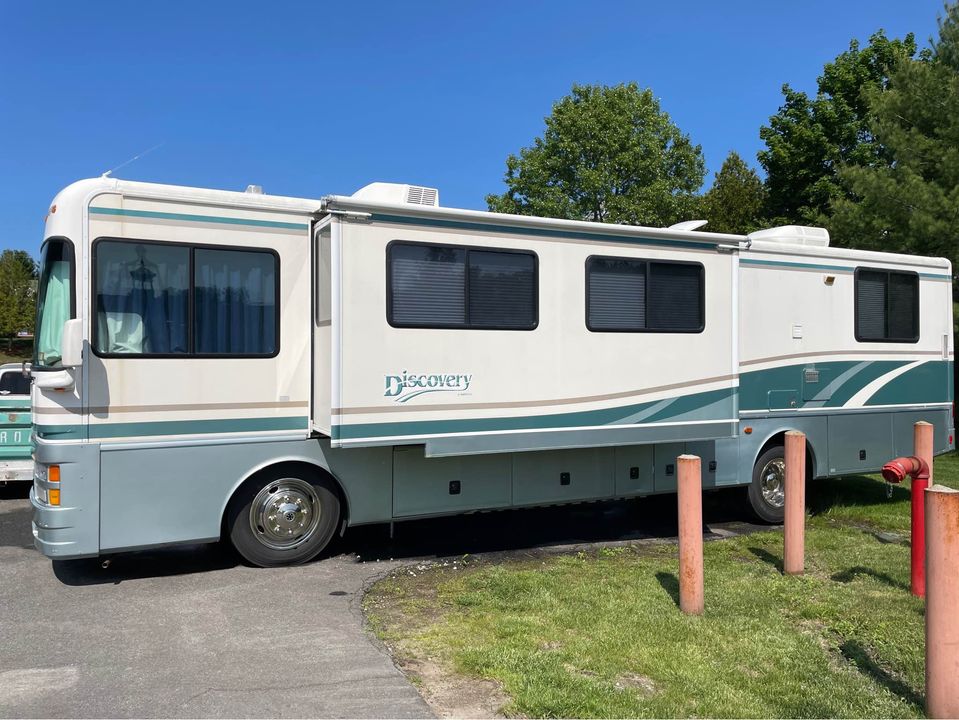
I’m buying an old man 36 foot bus today. Time to get some Velcro New
Balance sneakers to go with it, right Paul?
Did you see my episode of Table Talk?
Did you miss last week’s log?
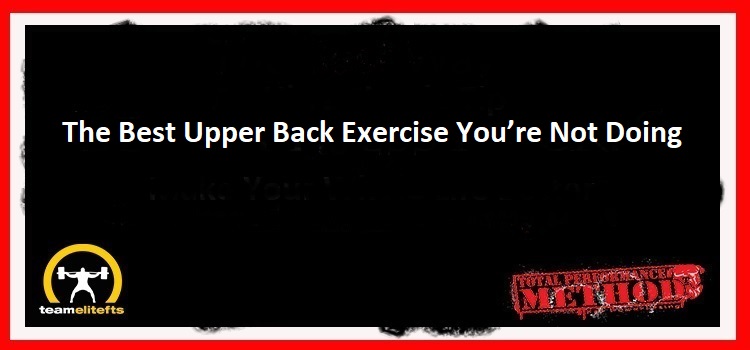
SHARE THIS!
#bostonsstrongest
Vincere vel mori
C.J. Murphy
July 14, 2023









